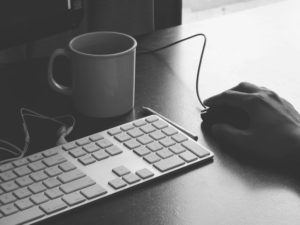 Often when we talk about sitting less, people get concerned about productivity. There’s a belief that to maximize work performance, you’ve got to be doing your work seated. However, just because you are standing up, sitting less, and moving more doesn’t mean your work productivity will decrease.
Often when we talk about sitting less, people get concerned about productivity. There’s a belief that to maximize work performance, you’ve got to be doing your work seated. However, just because you are standing up, sitting less, and moving more doesn’t mean your work productivity will decrease.
Research often begins in the laboratory so let’s start there too. In one laboratory study, researchers found no differences in cognition when comparing standing to sitting. No differences were also found when examining computer mouse and keyboard performance. In terms of actual productivity measures, improvements have been shown when sitting was broken up with standing in a simulated office environment.
Of course, work productivity in the laboratory might be different than productivity in your office. So, what happens when we look at productivity measured in actual workplaces? Overall, research has found that standing desks do not impact work productivity (examples 1, 2, and 3). In fact, in a recent study, we found some employees felt productivity actually improved!
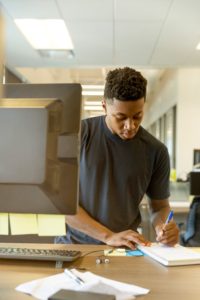 It’s not so cut and dry, though. Individual variability and job specific work tasks influence how much standing workstations impact productivity. It can take 2 weeks to adjust to a new workstation but standing can still be too distracting for some work tasks. In these cases, it’s important to remember that it’s okay to sit. However, once you are done performing these tasks, you can still stand up, sit less, and move more.
It’s not so cut and dry, though. Individual variability and job specific work tasks influence how much standing workstations impact productivity. It can take 2 weeks to adjust to a new workstation but standing can still be too distracting for some work tasks. In these cases, it’s important to remember that it’s okay to sit. However, once you are done performing these tasks, you can still stand up, sit less, and move more.
What we’ve talked about so far involves a standing workstation. But, you don’t need a special workstation to reduce your sitting while also getting a potential boost in productivity. The BeUpstanding™ Toolkit has a variety of other strategies such as walking over to visit with a colleague instead of sending an email.
Walking to visit with a colleague helps you break up your sitting with movement. Research has found moving more in this way can lower fatigue levels and had a trend towards improved cognition. If you don’t have anything to discuss with your colleagues, you can just break up sitting with standing to get improved fatigue levels!

Now we know you want to get back to being productive, so we’ll start to wrap it up. Just remember, you can break the Thinker mold and actually be more productive by sitting less. It doesn’t take much work and can help you improve your health at the same time – helping you get even more done!
This post was written by Dr James Peterman, an Endeavour grant recipient, who is assisting with the BeUpstanding™ project.

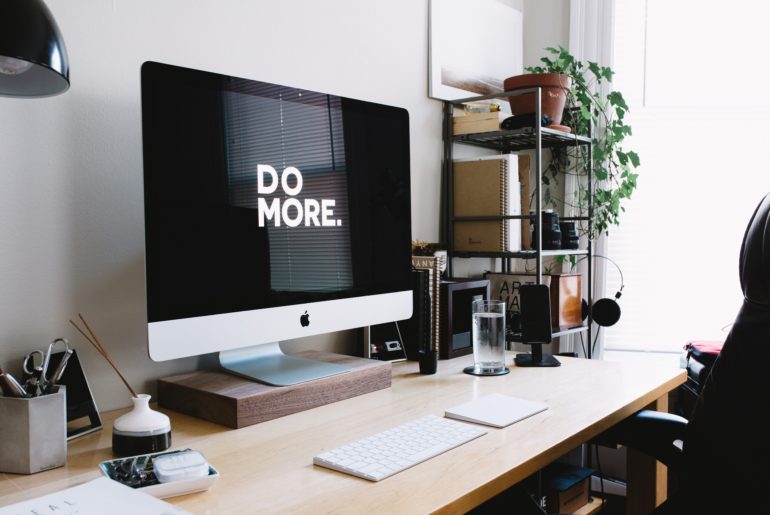

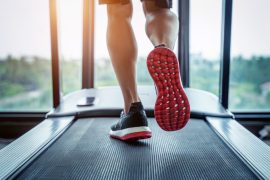

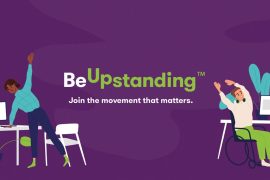
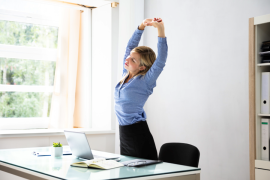
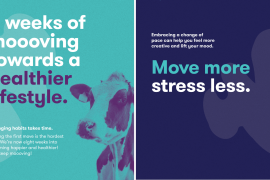
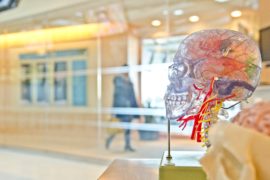
Comments are closed.